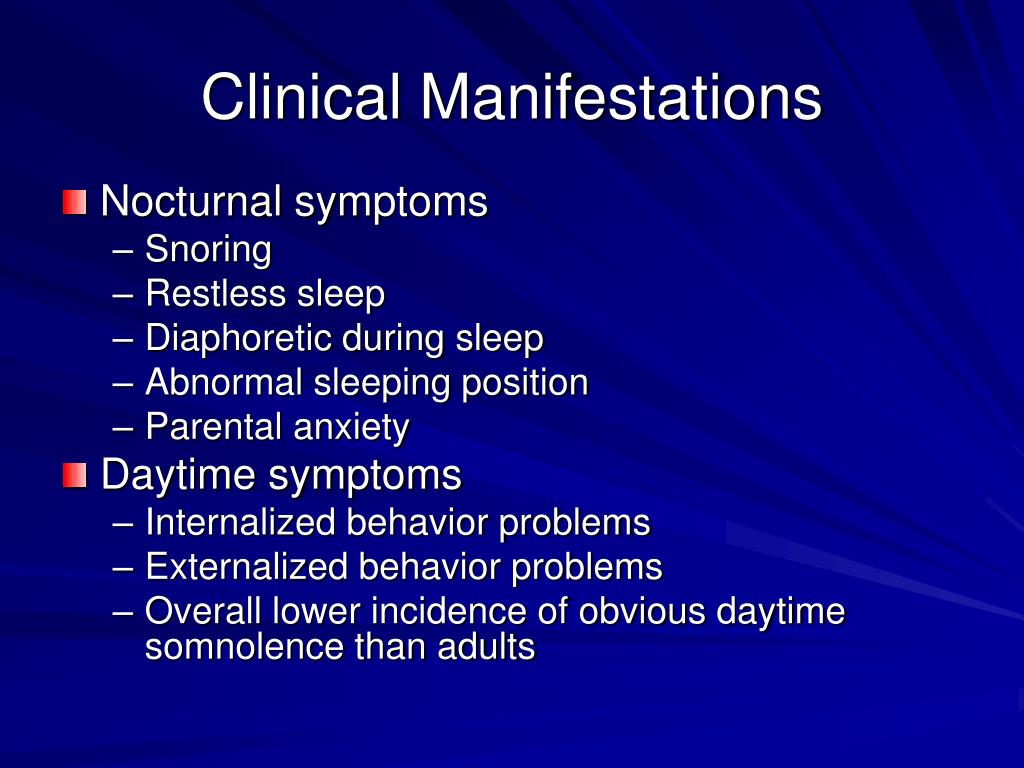
To detect changes in endurance time between NOT and placebo with an effect size of 0.5, a power of 80% and an alpha level of 0.05, a sample size of a total of 32 patients was required. Secondary outcomes were changes in physiological response with exercise at 2048 m compared to 490 m, and NOT compared to placebo. The main outcome was the difference in constant work-rate endurance time between tests performed after nights with NOT compared to nights after placebo at 2048 m. Dyspnea and leg fatigue were rated on the Borg CR10 Scale 22. Medical conditions that can lead to hypoxemia include: Acute respiratory distress syndrome (ARDS). Being at high altitudes can also cause hypoxemia, which is why it can be hard to breathe when you’re in the mountains. Spirometries were performed according to standard techniques and reference values of the Global Lung Function Initiative (GLI) were applied 18, 19, 20, 21. Sleep apnea and mild lung disease can cause nocturnal hypoxemia when your blood oxygen levels drop during your sleep. Calculation of alveolar-arterial PO 2 difference was performed as previously described 17. Finger pulse oximetry assessed arterial oxygen saturation (SpO 2).Īrterial blood samples were drawn during rest and at end-exercise of each examination. Blood pressure was continuously monitored by the finger-cuff technique (Finometer Midi, FMS, The Netherlands) and calibration was validated by brachialis sphygmomanometric measurements. Mean value of bilateral cerebral (CTO) and quadriceps muscle (MTO) tissue oxygenation, respectively, was calculated. Near-infrared spectroscopy optodes were placed bilaterally at the Fp1 and Fp2 landmarks of the 10-10 electrode placement system 16 and bilaterally over the vastus lateralis muscles. Breath-by-breath changes in end-expiratory lung volume were monitored unobtrusively by calibrated respiratory inductive plethysmography operated in the direct-current mode (Respitrace NIMS, Miami Beach, USA) 14, 15. End-exercise pulse oximetry (SpO 2), CTO and minute ventilation ( \(\) at end-exercise.

Additional outcomes were cerebral tissue oxygenation (CTO), arterial blood gases and breath-by-breath measurements ( NCT02150590). Semi-supine, constant-load cycle exercise to exhaustion at 60% of maximal work-rate was performed at 490 m and after the first night at 2048 m.
NOCTURNAL HYPOXEMIA TRIAL
32 lowlanders with moderate to severe COPD, mean ± SD forced expiratory volume in the first second of expiration (FEV 1) 54 ± 13% predicted, stayed for 2 days at 2048 m twice, once with NOT, once with placebo according to a randomized, crossover trial with a 2-week washout period at < 800 m in-between. This trial evaluates whether nocturnal oxygen therapy (NOT) during a stay at 2048 m improves altitude-induced exercise intolerance in lowlanders with chronic obstructive pulmonary disease (COPD).


 0 kommentar(er)
0 kommentar(er)
